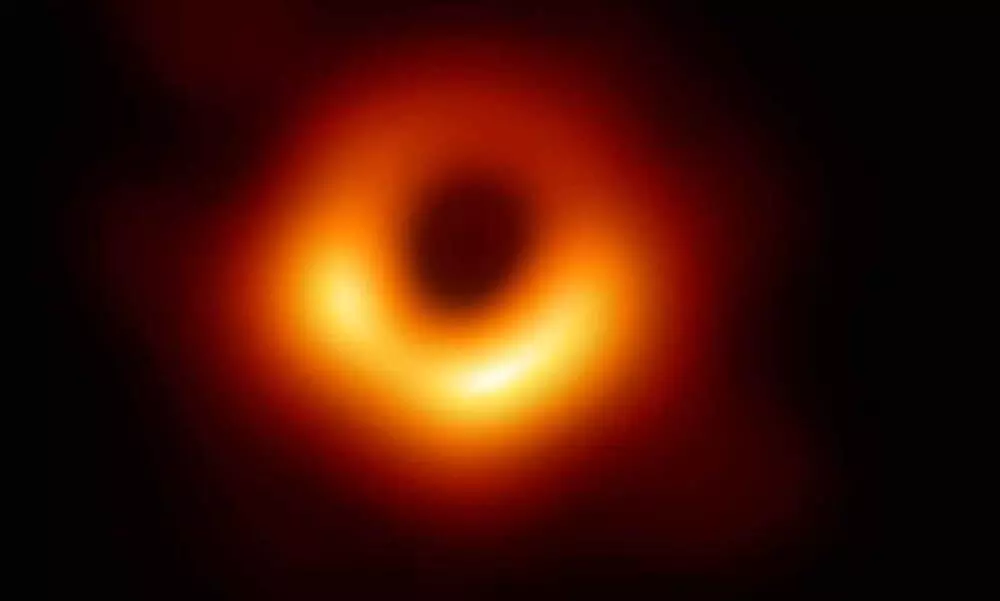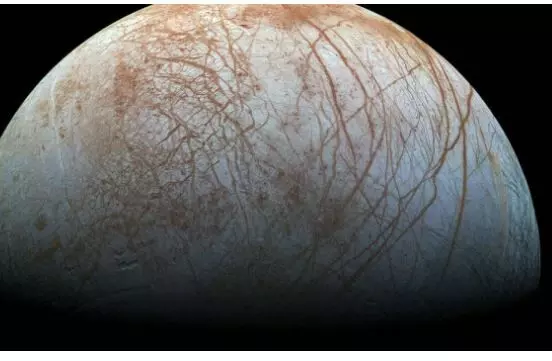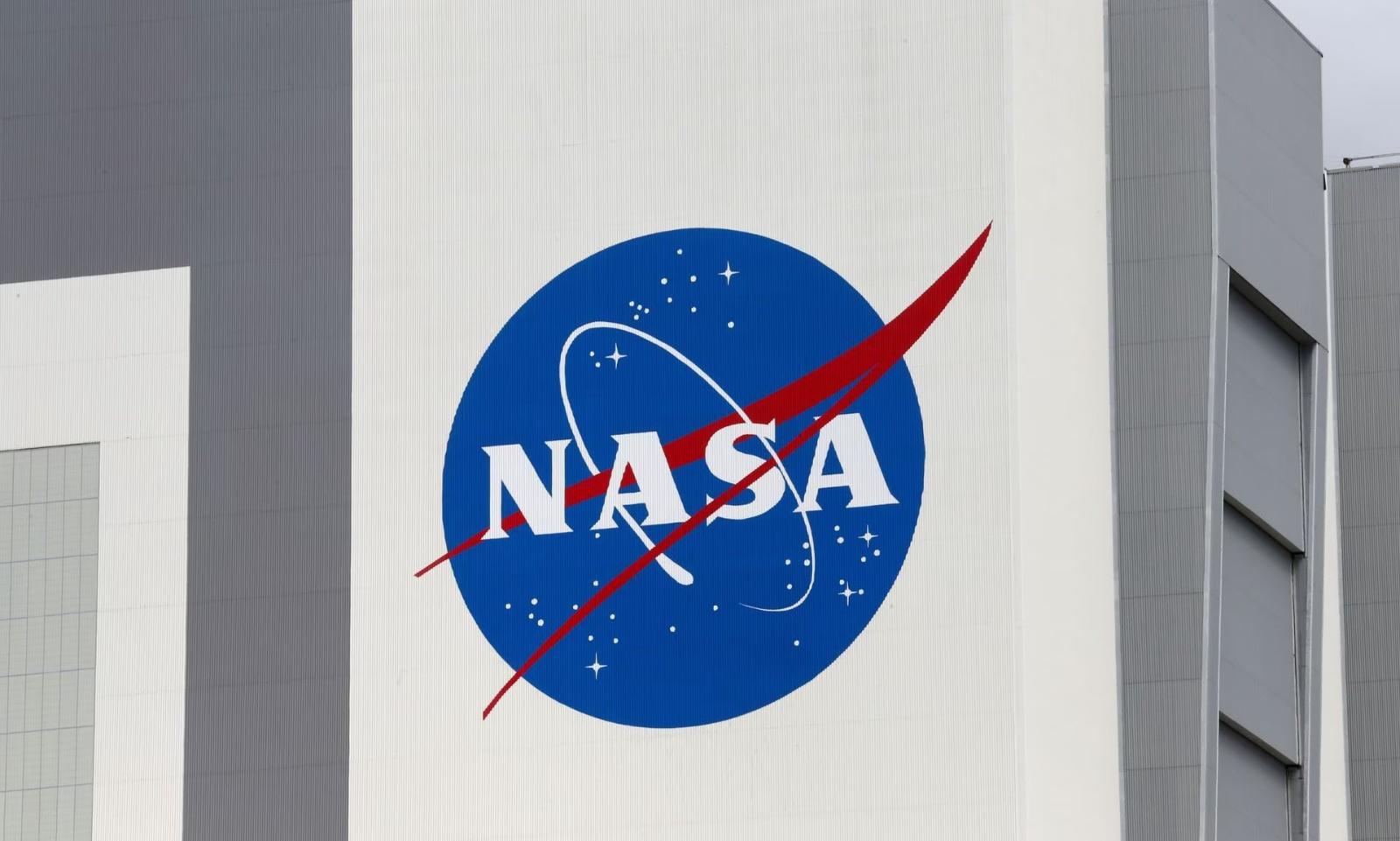
NASA picks 4 small missions to better understand Sun-Earth connection
text_fieldsWashington: US space agency NASA has selected four small explorer missions to conduct concept studies with an aim to shed light on related phenomena such as coronal mass ejections, aurora, and solar wind to better understand the Sun-Earth connection.
“These four mission concept studies were selected because they address compelling science questions and could greatly impact the field of heliophysics,” said Nicky Fox, the associate administrator for science at NASA Headquarters in Washington.
“These mission proposals are exciting because they build upon and complement the science of our current mission fleet, have the potential for broad impact and could provide new and deeper insight into the solar atmosphere and space weather,” Fox said in a statement late on Friday.
The Cross-scale Investigation of Earth’s Magnetotail and Aurora (CINEMA) mission would work to understand the structure and evolution of Earth’s plasma sheet -- a long sheet of denser space plasma in the magnetic fields flowing behind Earth, known as the magnetotail -- using a constellation of nine CubeSats flown in sun-synchronous, low Earth orbit.
 Also Read:Astronomers find first direct evidence of a spinning black hole
Also Read:Astronomers find first direct evidence of a spinning black hole
The Chromospheric Magnetism Explorer (CMEx) mission would attempt to understand the magnetic nature of solar eruptions and identify the magnetic sources of the solar wind.
Meanwhile, the Extreme ultraviolet Coronal Mass Ejection and Coronal Connectivity Observatory (ECCCO) consists of a single spacecraft with two instruments, a wide-field extreme ultraviolet imager and a unique imaging EUV spectrograph.
The primary objective of the Magnetospheric Auroral Asymmetry Explorer (MAAX) mission would be to improve our understanding of how electrodynamic coupling between Earth’s magnetosphere and ionosphere regulates auroral energy flow.
“The potential to gain new insights and answer longstanding questions in the field while building on the research and technology of our current and legacy missions is incredible,” said Peg Luce, acting Heliophysics division director at NASA Headquarters.
With inputs from agencies
 Also Read:NASA’s James Webb detects carbon dioxide on Jupiter’s moon Europa, signalling potential for life
Also Read:NASA’s James Webb detects carbon dioxide on Jupiter’s moon Europa, signalling potential for life





